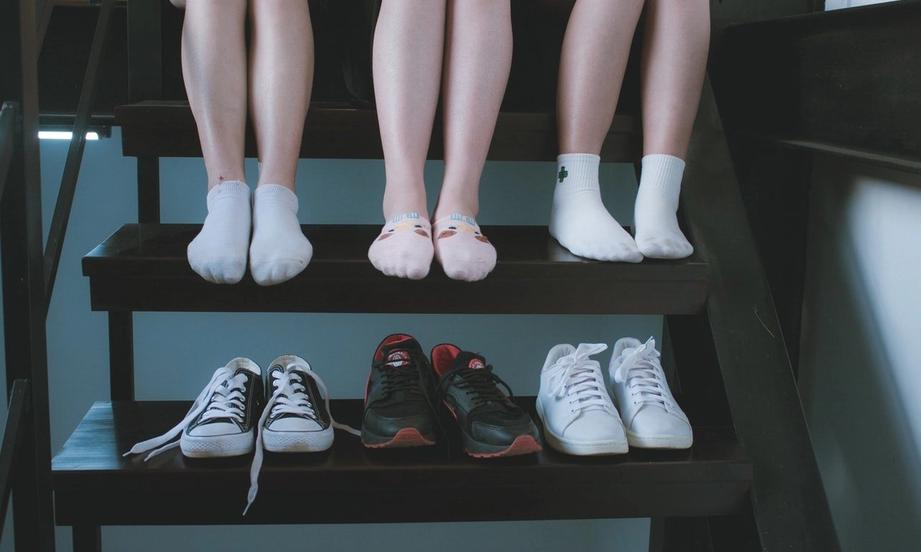Often when we think of back pain we think about “where” we feel it. The challenge is identifying what might be contributing to it. Our feet are our foundations for our posture. They help maintain proper spinal alignment when standing, provide shock absorption from ground forces, and they provide stability. If you feet hurt or are improperly supported they can increase back pain or make you more susceptible to injury. So what are the best shoes for back pain?
First, let’s consider what footwear is not good for back pain. Sandals can be some of the worst footwear when it comes to back pain. Sandals are the most basic of footwear, and only provide a barrier between your foot and the ground. They are often designed to be “carried” by the foot and require the foot to activate more muscles to help carry them along. Most have little or no arch support and are highly unstable. These types of shoes should be avoided, especially when experiencing back pain.
Women’s high heels are also poor footwear when it comes to back pain. High heels put the foot in an unnatural position, compromising its ability to provide stability. It also requires the wearer to constantly engage their hip and back muscles in order to maintain balance. This constant tension can increase back pain.
Old shoes are also a culprit. Shoes are like tires on a car, when worn out, replace them. Every individual has their own foot strike pattern, which over time wears out the shoe and can lead to decreased stability and support. Replace heavily worn shoes about every 3 months, even if sole wear is not visible. The wear may be inside the shoe where it is not visible.
So what does a proper shoe look like? Well, first the shoe needs to fit the activity you are doing. The key component in buying any shoe is knowing what its intended use is. If you are hiking, does the shoe have good grip on unstable surfaces and proper ankle support? If you are a runner, is it light weight and have proper cushioning and support for your type of foot strike? A runner wouldn’t wear a hiking shoe, and a hiker wouldn’t wear a running shoe. Start here when considering a shoe.
Find the right fit. The design of a good shoe requires a proper fit. Our foot size doesn’t stop changing after our teen years. While our foot might stop growing, the foot anatomy can start to change by flattening. This flattening can increase your shoe size and affect what you thought was a good width. Check your shoe size periodically to see if there are any changes. Even the best shoes won’t work for you if the fit isn’t right. Be aware, sizes between brands can be different to so always try a pair on first and don’t be afraid to return a shoe if it ends up not being the right fit. Check a stores return policies so you don’t get stuck with a pair of ill-fitting shoes.
Get foot orthotics to properly fit your foot. Shoe manufacturers design their shoes to meet a general populations’ needs. The orthotics built into the shoe, don’t always address your specific needs. You can often get orthotics fitted for you by a Podiatrist or Chiropractor/Physical Therapist.
So the best shoes for back pain are shoes that provide proper protection, support, and stability for the activity you are doing. Be prepared to invest into good footwear if you have back pain, it can dramatically improve your quality of life!
